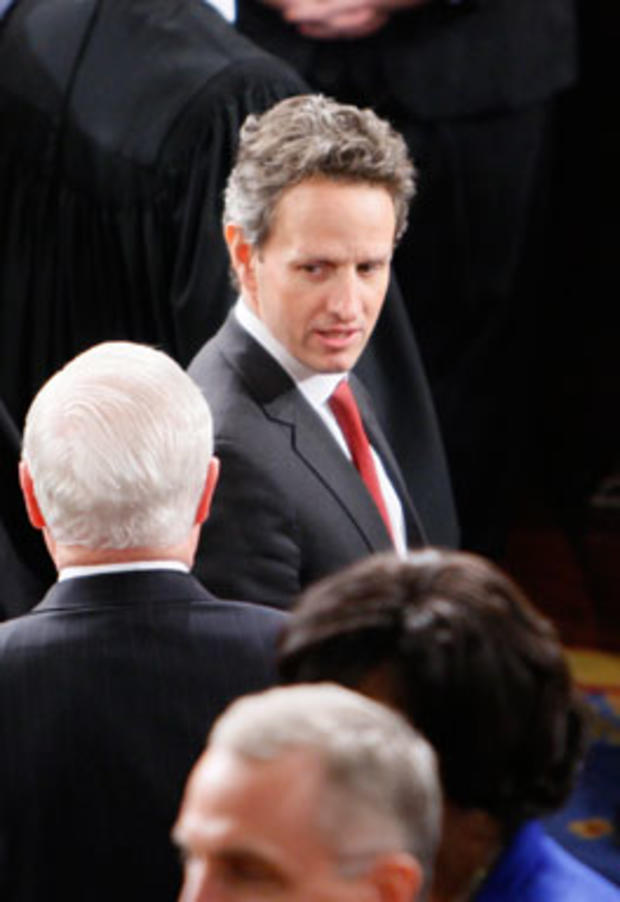Bailouts: Did They Do the Trick?
If the math is accurate, then this blockbuster story in the Wall Street Journal may very well impact the national political debate when the November elections roll around..
The piece reports that the projected cost of the government bailouts "is shrinking to just a fraction of previous estimates." Maybe the government is being overoptimistic but the Treasury Department now expects the final tab for its sundry bailouts to come in at around $89 billion. That's hardly chump change, but as the Journal notes, that would still be less as a percentage of GDP than the cost of the savings-and-loan rescue in the 1990s.
"Just a year ago, the Congressional Budget Office and Office of Management and Budget estimated that the overall bailout would cost more than $250 billion. Last month, though, Treasury Secretary Timothy Geithner said the rescues will amount to "less than 1%" of gross domestic product." Not that many critics are paying much attention. For months, Geithner has been a whipping boy for opponents of the White House's rescue plans.
The wildcard here is the health of a rebounding economy. If growth stalls and the housing market again declines, all bets are off. (That's a scenario where Republicans likely win big at the polls during the midterm elections.) But if the financial landscape continues to brighten and the costs of the bailout turn out to be manageable, the White House will earn credit for its management of the crisis. The bailouts fed populist rage and spurred the rise of the tea parties. Still, the Journal recounts that of the $245 billion that Uncle Sam invested in various U.S. banks, the Treasury has already received $169 billion back and now estimates making a profit of $8 billion. By year end, Citigroup and General Motors may also be off the government lifeline.Even AIG, the mother of all financial basket cases, is looking less like an endless financial sinkhole. The New York Fed, which is about to get repaid $51 billion, also expects to pick up another $32 billion from AIG securities. A year ago, that scenario would have sounded like a pipe dream.
